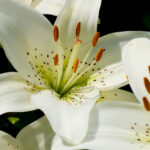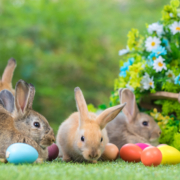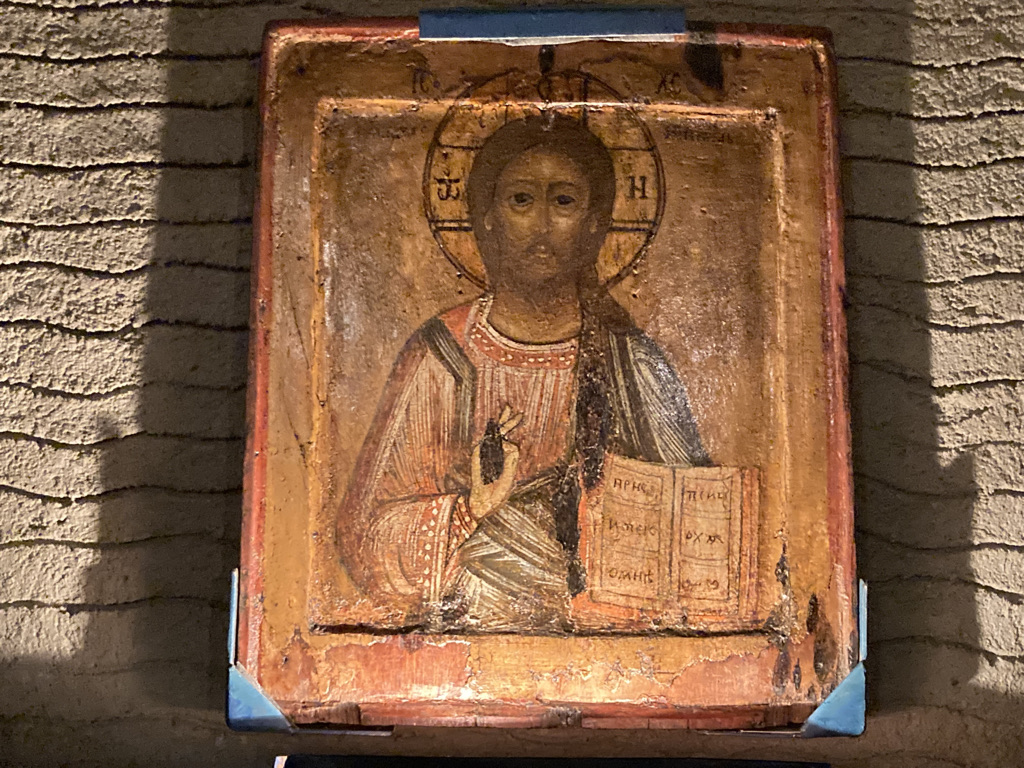Bunnies and Bulbs
Bunnies and Bulbs
My parish recently hosted a Day of Reflection for parents and catechists. We had a good turnout of a couple hundred folks, with a keynote speaker in the morning and breakout workshops in the afternoon. I led one of the afternoon workshops, and I started off by posting a big picture on the screen of a cute, furry bunny sitting in emerald green grass, surrounded by a bunch of beautifully decorated Easter eggs.
Turning to the audience, I asked, “Why do we see bunnies at Easter? Turn and talk to each other at your tables for a few minutes.”
There was a hum of conversation as everyone discussed this pretty simple question. When the chatter started to taper off, I asked if anyone wanted to share what they had come up with. A few people raised their hands.
“Bunnies are signs of new life,” one person said.
“Yes, new life,” agreed the next person.
“Bunnies remind us of Jesus’ new life at the resurrection,” another added.
I moved on to the next photo, posting a photo of a beautiful cluster of lilies and daffodils.
“How about this photo?” I asked again. “Why do we see lilies and spring flowers at Easter?”
Once again, I gave everyone an opportunity to chat with their neighbors, before drawing some responses from the group.
“Lilies are signs of new life.”
“They’re like the bunnies. They’re signs of new life.”
And herein lies a problem that I’ve spent a lot of energy trying to address. The answers everyone gave weren’t “wrong;” they are just only halfway there.
Now, to be clear, I found no fault in the people who were there that day. Everyone who attended had been willing to spend their free time, an entire Saturday, up at church in order to hopefully learn a little, grow a bit in their faith and be part of a community. In many cases, they were also catechists at their parishes, leading the Faith Formation classes and trying to inspire and develop the next generation of Catholics. I greatly appreciated their generosity of spirit. In fact, I would even say I found their presence there enormously commendable.
The problem that remains, though, is that we no longer know how to speak what Pope St. John Paul II called “our original language,” or read what St. Thérèse of Lisieux referred to as the “Book of Nature.” What was once as easy and natural as breathing now involves labor and thought. We, the inheritors of original sin, not to mention the Enlightenment, now routinely think in terms of physical and spiritual. What we can see, touch, hear, taste and smell is in one camp and what we cannot see, touch, hear, taste, or smell, but nevertheless believe in, is in another camp. So, bunnies and chicks and flowers that bloom in spring act as pointers towards new life, because, well, they didn’t exist before and now they do. They are new life. But that’s only such a very small part of their story.
We can call these bits of matter Easter symbols, not just Easter pointers, signs or reminders, because that is what they really are. A symbol not only points to something else, but it also incorporates that something else within itself. It makes present what it points to, in its own way. You probably already knew that.
So, if we revisit the earlier question, “Why do we use bunnies at Easter?” we might answer it by saying something like “Because they show us something true and real about what happened at Jesus’ resurrection. They teach us something deep and profound about this ‘new life.’” What might that be?
Bunnies are attracting. They invite us to come in closer. We want to pick them up and snuggle them, maybe put them in a pocket and carry them around. They breathe softly. We love their little noses and long ears. They are simply delightful, in and of themselves, and if they also happen to be on some beautiful, emerald green grass, under a cornflower blue sky, we suddenly feel that the world itself is full of color and inspiration and possibility; that there just might very well exist a place, somewhere, where bunnies can live without fear of being attacked by something big with sharp teeth. And if that might be the case for bunnies, might it not also be the case for people? The idea that there might be a place or a way where we can live in peace, free from fear, in the midst of creation, is at the very heart of Jesus’ resurrection. Our faith tells us that not only is that possible in the next life, but that Jesus’ physically resurrected (not just reanimated or ghostly) human body, assures us that the beginning of this place has begun here, now, on this earth.
Just like bunnies are delightful, in and of themselves, so, too, is the new life Jesus offers us, because the new life IS Jesus, who is, in and of himself, attracting and inviting.

Closeup of some lovely white Easter lilies.
We can try the same exercise with lilies. What do they teach us about Jesus’ resurrection? If we think of the life cycle of a lily, we know that it spends most of its life in a very unimpressive state, as a funny looking ovalish, brownish bulb, stuck down in the earth, out of sight. For most of its life, a bulb doesn’t look like anything is going on at all. But then, suddenly, something happens. It starts to put out feelers and sends out small shoots. Those shoots eventually break through the surface and keep on growing. Finally, each bulb erupts into a truly spectacular flower, a blossom so magnificent that we have to stop and stare at it. We have to drink it in, memorize it and photograph it. Bulbs teach us that just because we can’t see the inner life of grace working doesn’t mean that it is not there. It just hasn’t matured yet. Bulbs remind us of our true end, as persons with resurrected bodies, of blossoming into those fantastic flowers from a simple little brown bulb. Again, not only do we anticipate this in the next life, but we know that some of the saints have moved into this type of state while they were on earth. Jesus’ bursting forth from his tomb, trampling over death, is like the remarkable flower that bursts forth from the tomb of the bulb. Like the flowers from bulbs, the resurrection is not a small, meager, easily overlooked thing. Instead, it is huge and unbelievably magnificent.
All of the symbols we use throughout Easter, as well as through the year, point to a deeper meaning especially when they are connected to a liturgical season. This, ultimately, is what Scripture is proclaiming when it says “The heavens declare the glory of God; the firmament proclaims the works of his hands. Day unto day pours forth speech, night unto night whispers knowledge,” (Psalm 19:2-3) all without speech, words or voices.
So let me ask you the same question: What do bunnies, eggs, chicks and lilies teach you about the new life we celebrate at Easter? And more importantly, how will the new life of the resurrection burst forth in your own life, here, now, in this season of Easter 2024?
©Copyright 2024 by Sarah Pedrozo
Images from iStock



